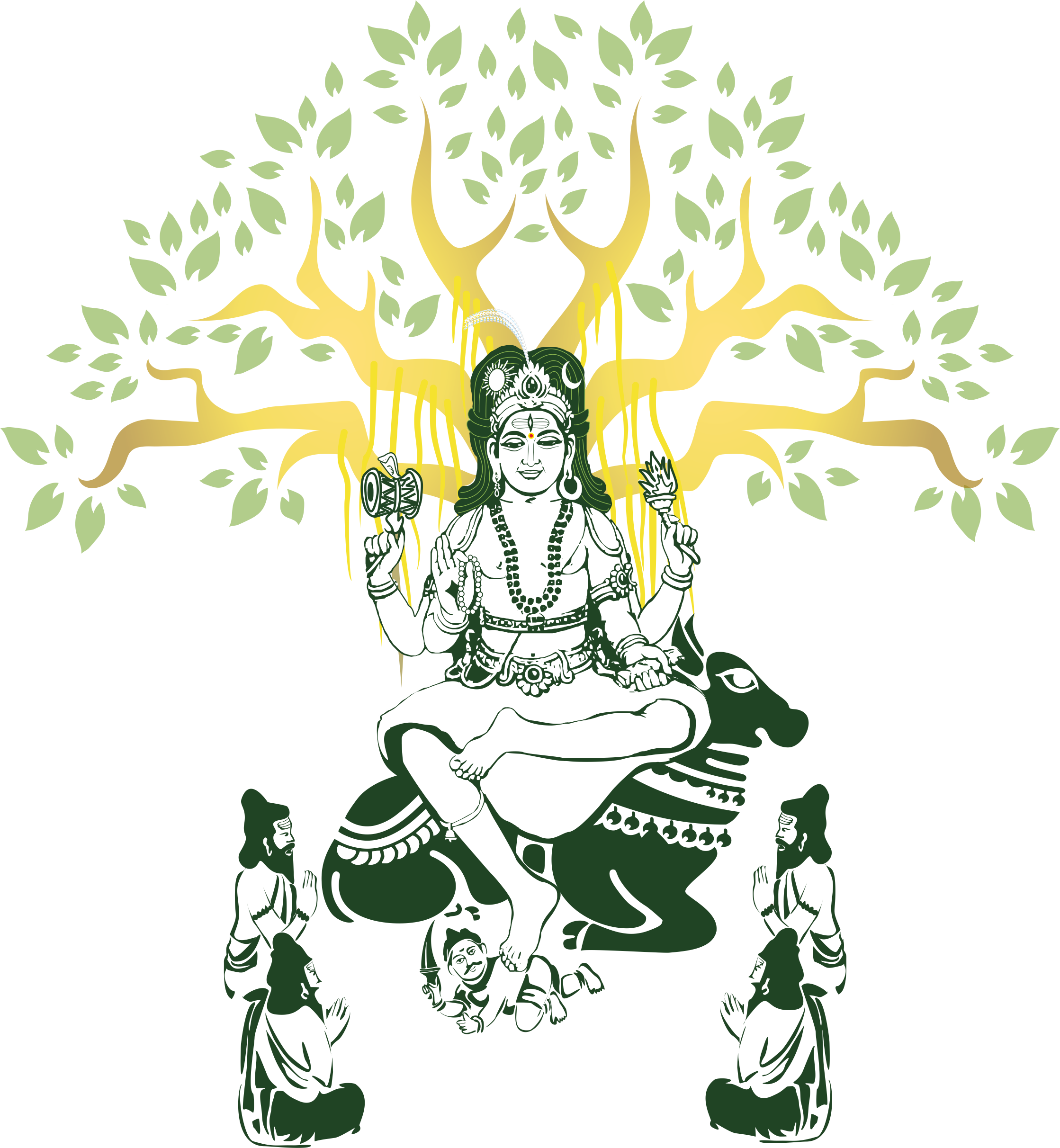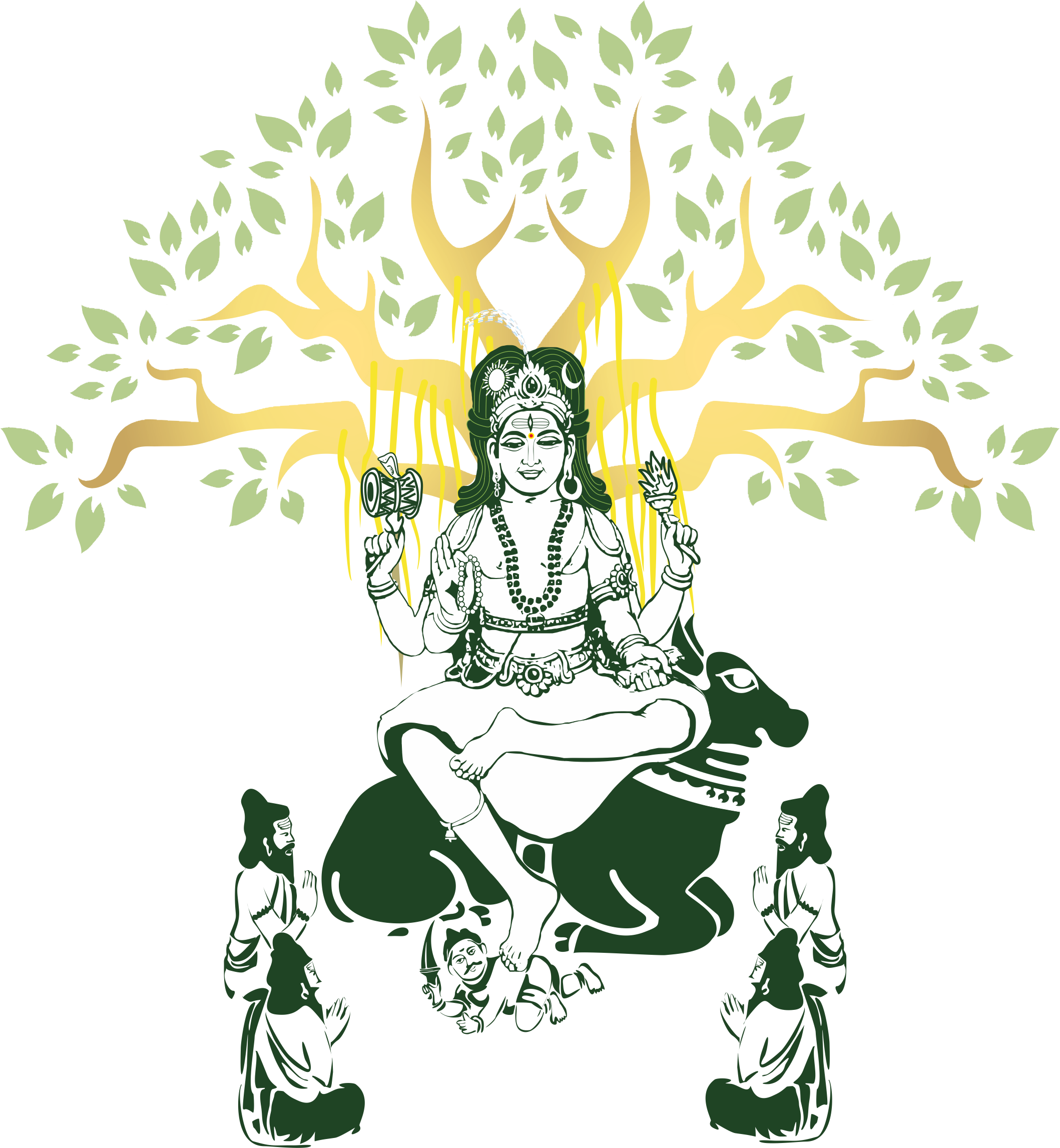
Zoom Meeting:
https://us02web.zoom.us/j/21230051408?pwd=MHRRcGpmOStpZXl1ME1IcXB1c25Cdz09
Guided Meditation sessions are conducted online from the Gurukulam by Swamini Ramananda, 1st and 3rd Saturdays of the month from 11:00 am – 12:00 pm.
Meditation plays an integral part in a seeker’s spiritual journey, in that it steers the wavering mind into a state of quietude, wherein the tumult of distracting desires loosen their grip. With practice, the mind will be ushered to a deeper realm of stillness. Such a mind gains the capability for a lofty vision and cannot be influenced by anything. As the practice of meditation deepens, one can resolutely face the problems in life and gradually become a yukta, one who abides in one’s real nature.
Swamini Ramananda Saraswati, a Sannyasini, is a teacher of Vedanta and Sanskrit and is a long-time disciple and student of the internationally known scholar of Sanskrit and Vedanta, His Holiness Swami Dayananda Saraswati, founder of Arsha Vidya Ashram Gurukulam in Saylorsburg,PA and in India. Swamini Ramananda was initiated into sannyasa by Pujya Swami Dayananda in a traditional ceremony on the banks of the Holy Ganga River in India. Formerly, she was a university professor in the Psychology Department at East Stroudsburg University teaching a variety of Psychology courses for over 25 years and training mental health counselors. In addition, she had a private practice in Psychology where she treated patients with emotional problems. Swamini has two masters degrees and a PHD in Psychology, For over 10 years Swamini Ramananda lived, studied and taught in India. She also resided at the Swami Dayananda Ashram in Rishikesh for four years on the banks of the Holy Ganga River where she was teaching and continuing her sadhana and the study of the ancient Indian Scriptures. Swamini Ramananda has committed her life to the study and teaching of Vedanta, the Knowledge of the Self. Currently she lives and teaches Sanskrit, Indian Philosophy (Vedanta) and Meditation in her own small ashram, which Swami Dayananda named Arsha Jnana Sthana: Center for Self-knowledge. But, since her heart is still in India, she spends 3 to 5 months there every year.
Swamini moved to India in 1995 when Swami Dayananda began an intensive 3½ year residential course in Sanskrit and Vedanta at Arsha Vidya Gurukulam in Coimbatore, Tamil Nadu. After having attended the 3½ year course with Pujya Swamiji, Swamini continued living and teaching in India in either Coimbatore or Rishikesh for 11 years. She has been teaching Vedanta and Sanskrit since 1998 in India and in the USA. Currently, she spends much of her time in her ashram-residence, Arsha Jnana Sthana, in Pennsylvania near East Stroudsburg and teaches Vedanta, Meditation and Sanskrit in the Stroudsburg and Saylorsburg area.
Because Swamini Ramananda lived and taught in India and USA, she is comfortable teaching both Indians as well as Westerners. Her Vedanta and Sanskrit classes are conducted weekly in the Stroudsburg area



